
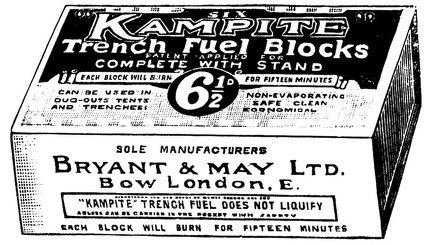 'Kampite' Trench Fuel blocks
'Kampite' Trench Fuel blocks The 'Maxim' Trench Coat
The 'Maxim' Trench Coat Waterproof Trench Coat
Waterproof Trench Coat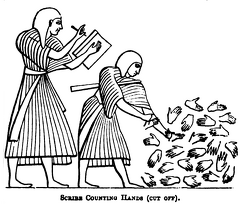 Counting hands
Counting hands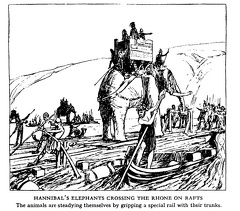 Hannibal's Elephants crossing the Rhone on rafts
Hannibal's Elephants crossing the Rhone on rafts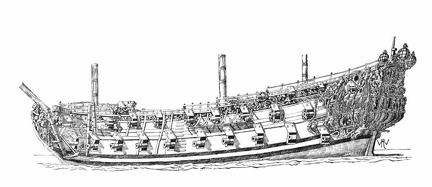 The Royal Prince
The Royal Prince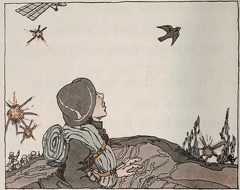 Carrier pigeons in a battle
Carrier pigeons in a battle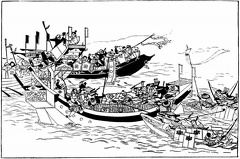 The Invasion of the Mongol Tartars
The Invasion of the Mongol Tartars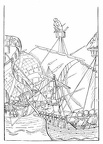 A Sea-Fight
A Sea-Fight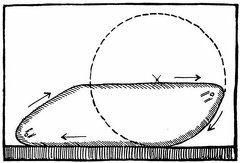 Diagram Showing Adaptation to the 'Large-Wheeled Tractor' Idea
Diagram Showing Adaptation to the 'Large-Wheeled Tractor' Idea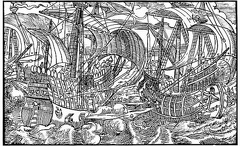 A Sea-fight in Tudor Times
A Sea-fight in Tudor Times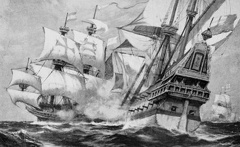 Destroying a Straggler from the Armada
Destroying a Straggler from the Armada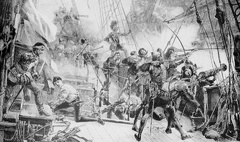 Lord Howard Attacking a Ship of the Spanish Armada
Lord Howard Attacking a Ship of the Spanish Armada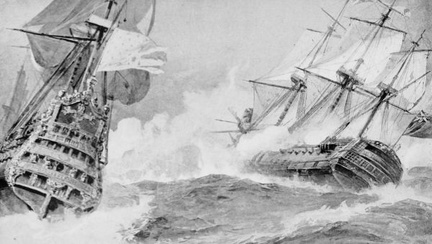 The 'Royal George' Engaging the 'Soleil Royal' in Quiberon Bay, 1759
The 'Royal George' Engaging the 'Soleil Royal' in Quiberon Bay, 1759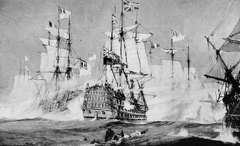 'The Glorious 1st of June', 1794
'The Glorious 1st of June', 1794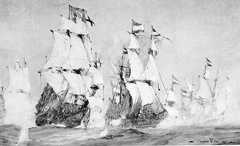 The Battle of the Nore, June, 1653, between the English and Dutch
The Battle of the Nore, June, 1653, between the English and Dutch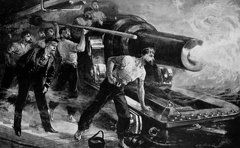 Naval Gunnery in the Old Days
Naval Gunnery in the Old Days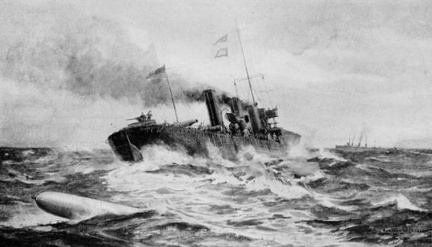 'Missed!' - the Helm, the Best Weapon against Torpedoes
'Missed!' - the Helm, the Best Weapon against Torpedoes The British Air Raid on Cuxhaven
The British Air Raid on Cuxhaven Submarine Mine laid by the Russians in the Crimean War
Submarine Mine laid by the Russians in the Crimean War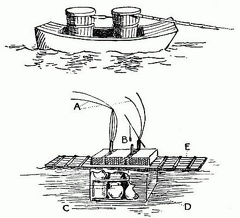 Chinese Floating Mines used againsts HMS Encounter
Chinese Floating Mines used againsts HMS Encounter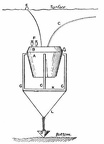 Russian Mine laid in the Baltic in the Crimean War
Russian Mine laid in the Baltic in the Crimean War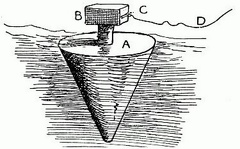 Chinese Floating Mines used againsts HMS Encounter
Chinese Floating Mines used againsts HMS Encounter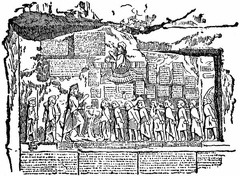 Insurgent Captives Brought Before Darius
Insurgent Captives Brought Before Darius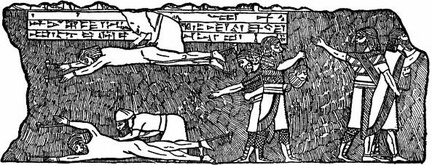 Assyrians Flaying Prisoners Alive
Assyrians Flaying Prisoners Alive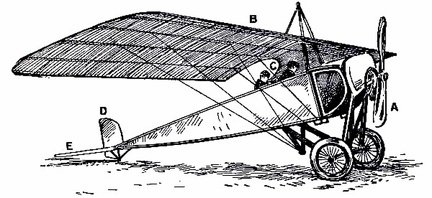 Scouting Monoplane, with occupants below the wings.
Scouting Monoplane, with occupants below the wings.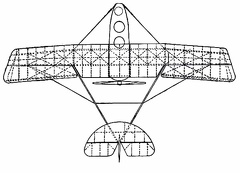 Grahame-White Military Biplane
Grahame-White Military Biplane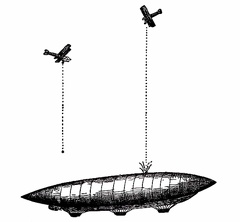 Aeroplanes attacking an airship from above
Aeroplanes attacking an airship from above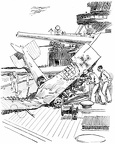 A mass of wreckage that strikes the deck of one of our warships
A mass of wreckage that strikes the deck of one of our warships They swoop down over the trenches
They swoop down over the trenches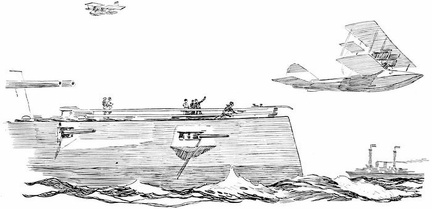 The seaplane shoots off the catapult
The seaplane shoots off the catapult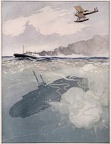 The depth bomb destroys a U-Boat
The depth bomb destroys a U-Boat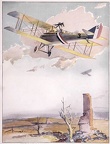 Scouting over the ruined region between the lines (no man’s land)
Scouting over the ruined region between the lines (no man’s land)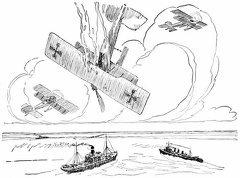 Plane going down in flames
Plane going down in flames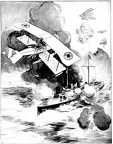 Naval battle with planes launched from ships
Naval battle with planes launched from ships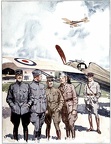 Group of French Aviators
Group of French Aviators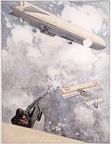 Fighting Zeppelin raiders
Fighting Zeppelin raiders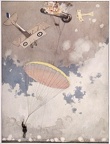 Dropping off in parachute from flaming balloon
Dropping off in parachute from flaming balloon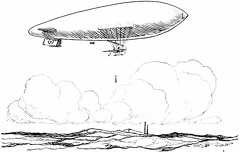 Blimp bombing a submarine
Blimp bombing a submarine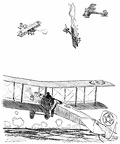 Battleplanes convoying photographing aeroplanes
Battleplanes convoying photographing aeroplanes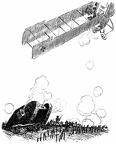 Battle between aeroplane and British tank
Battle between aeroplane and British tank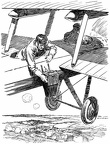 Aviators taking photographs
Aviators taking photographs Siege of a village by Champlain
Siege of a village by Champlain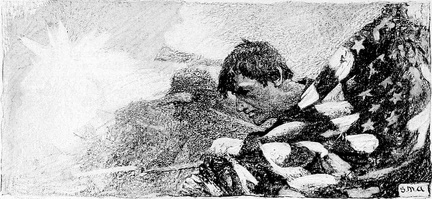 Man with flag
Man with flag Battle of Resaca de la Palma 9th May 1846
Battle of Resaca de la Palma 9th May 1846 Battle of Palo Alto 8th. May 1846
Battle of Palo Alto 8th. May 1846 New Zealand war canoe
New Zealand war canoe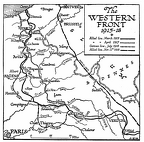 The Western Front, 1915-18
The Western Front, 1915-18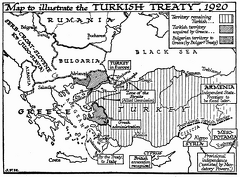 The Turkish Treaty, 1920
The Turkish Treaty, 1920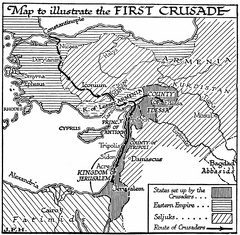 The First Crusade
The First Crusade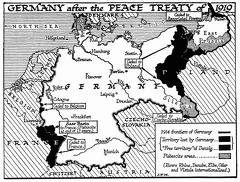 Germany after the Peace Treaty, 1919
Germany after the Peace Treaty, 1919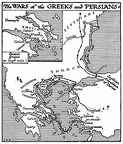 Wars of the Greeks and Persians (Map)
Wars of the Greeks and Persians (Map)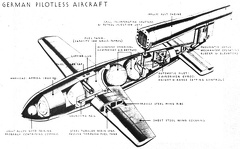 V1 Rocket
V1 Rocket Jackson at the battle of New Orleans
Jackson at the battle of New Orleans Meeting of Grant and Lee
Meeting of Grant and Lee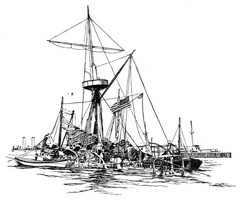 The Wreck of the Maine
The Wreck of the Maine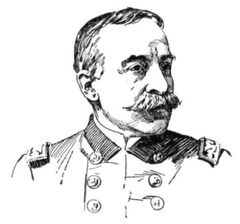 Admiral Dewey
Admiral Dewey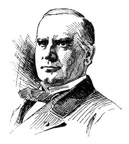 President McKinley
President McKinley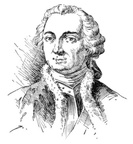 General Montcalm
General Montcalm The Death of Wolfe
The Death of Wolfe



